The continued capacity of soil to function as a vital living ecosystem that sustains plants, animals, and humans. Soil is not an inert growing medium. Soil is a living and life-giving natural resource. It consists of billions of bacteria, fungi and other microbes that are the foundation of a symbiotic ecosystem.
The main principles to manage for soil health are
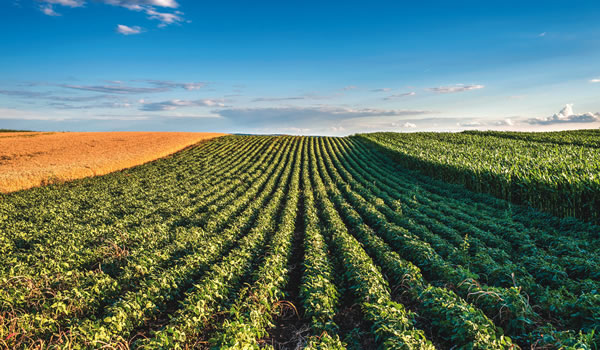
Conservation Practices for healthy soils
Key benefits from healthy soils
For more information about cover crops contact Dean Thomas at 507-676-0407 or Dean.Thomas@mn.nacdnet.net.
Cover crops may be used on all lands needing vegetative cover for natural resource protection and improvement. They are an excellent tool for helping to improve soil health.
Cover crops are grasses, legumes, forbs, or other herbaceous plants established for seasonal cover and other conservation purposes. Cover crops protect the soil from erosion during the most vulnerable time of the year from harvest in the fall to the formation of the plant canopy in summer.
Cover crops can reduce fertilizer and pesticide costs. Cover crops capture nitrogen and release it as the cover crop decays. Legume cover crops capture nitrogen from the air. Reduced soil loss retains phosphorus attached to the soil. Proper timing of cover crops suppresses weeds and breaks disease cycles.
Cover crops can provide supplemental forage for grazing or harvesting. Winter rye seeded after corn silage or soybeans are harvested can be grazed the following spring. This allows more time for forage in permanent pastures to become better established before grazing them. Rye that is aerial seeded in August can sometimes even be grazed in the late fall. Alfalfa planted after harvesting canning crops can still be harvested once by the end of the season. Alfalfa seeded later established better and those acres are also available for applying manure.
For more information about cover crops contact Dean Thomas at 507-676-0407 or Dean.Thomas@mn.nacdnet.net.
Fillmore SWCD District Programs
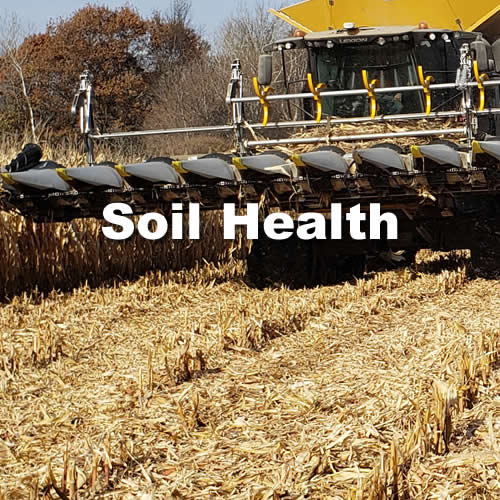
Soil Health

Local Water Management Plan
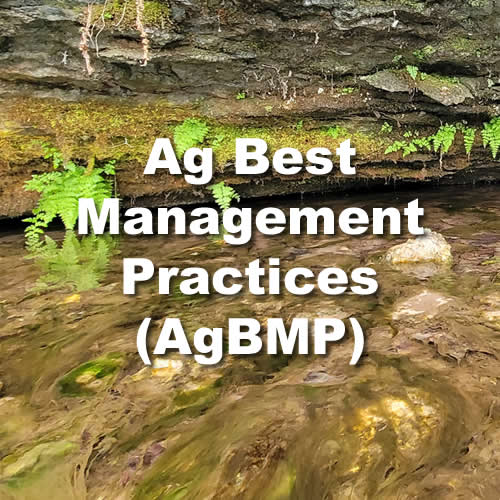
Ag Best Management Plan (AgBMP)
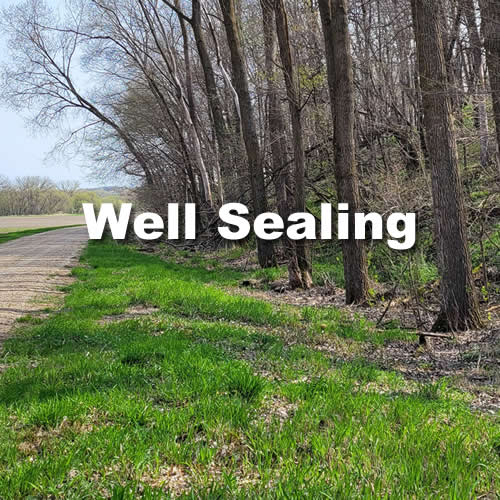
Well Sealing
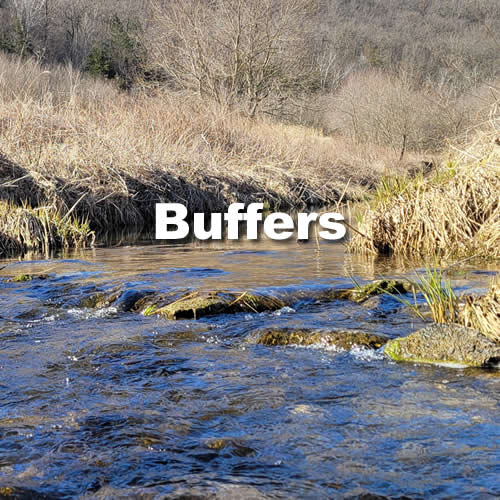
Buffers
and are an important conservation practice for helping keep water clean.
